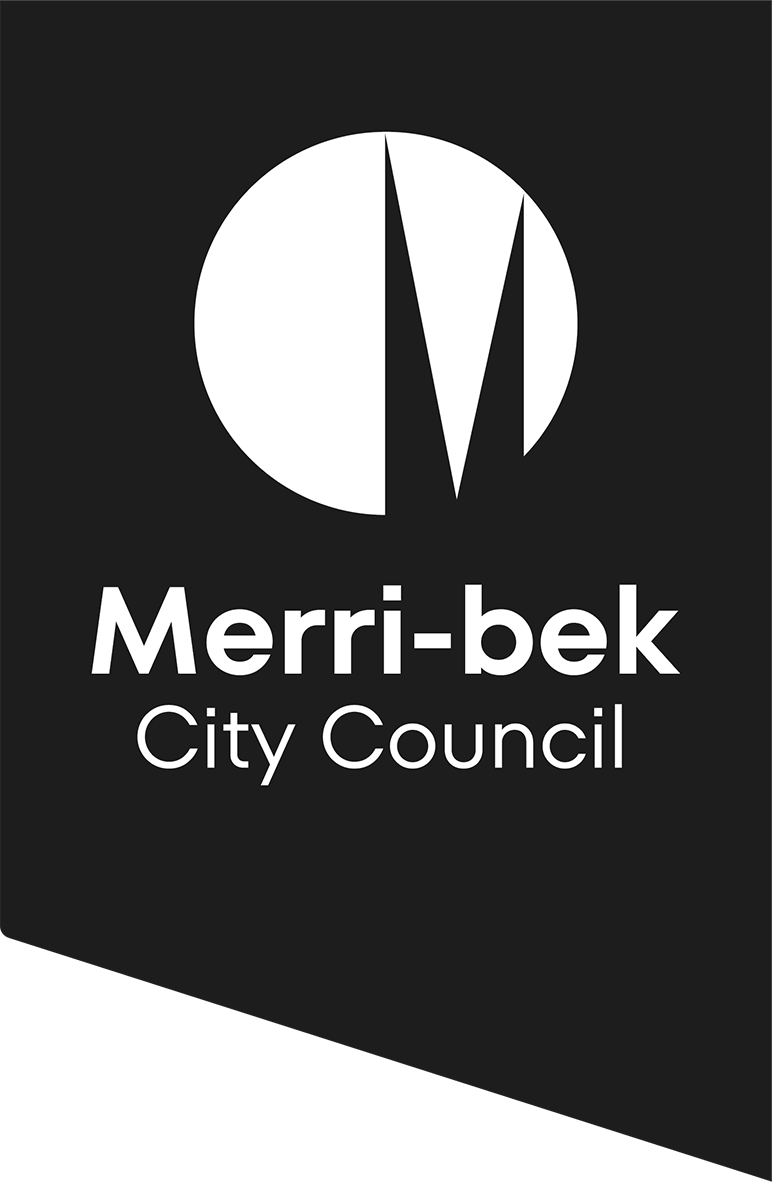
Dom Mendonca has lived in Brunswick for 15 years and he has developed his suburban block to be self-sufficient in energy and able to provide his own water and food too.
Incorporating energy efficiency everywhere
A manager in the energy utilities sector, Dom has designed his passive solar house to have minimal energy use with a high level of insulation. The house is fully electric and has a NatHERS star rating of 7 and a Victorian Energy Efficiency Scorecard rating of 10. He has installed a 6.6 kWh solar panel installation and 12 kWh battery along with energy efficient appliances to make sure his home is as energy efficient as possible. Sustainable Homes Melbourne was responsible for the construction.
The house used larger than normal wall cavities to enable two layers of rockwool insulation in the external walls plus additional insulation in the internal walls and ceiling. Double-glazed windows help to keep heat out in summer and warmth inside in winter.
For additional cooling, Dom’s house doesn’t require much use of the reverse cycle air-conditioners he owns. The heat pump for hot water is a highly energy efficient model. For cooking Dom uses an induction cooktop which is highly energy-efficient, and he describes it as “a dream to cook with – it is much better, once you get used to it, than gas.”
In his yard, Dom has also installed a working greenhouse and aquaponics system to grow edible plants using water. He has completed his garden with composting and worm farms, wicking beds and a roof garden to maximise the outdoor space for food crops.
Self-sufficiency in the suburbs
Dom said that obtaining the necessary planning was difficult for a bespoke house like his, but his choice to demonstrate what is possible in the suburbs can help others see the potential to retrofit or work towards better design for passive solar outcomes in their home.
“Given climate change impacts we need to be as self-reliant as possible – paradoxically, this is critical to enabling us to build community in a climate-impacted world,” says Dom.
Dom’s advice to others looking to make their home more climate resilient? “Don’t be fooled into thinking you must have a farm.” His home demonstrates that you can do a lot on a suburban block and you don’t have to have it all done at once.
He suggests planning out your project to make it more manageable, and make sure you have clear end-goals that will guide your decision making along the way. You can also integrate elements of sustainable design into your existing home or upgrade specific appliances to match your budget.
Improve the sustainability of your home
Check out Moreland’s Sustainable Design standards that have been established to help homeowners, and developers, make their homes more sustainable across water, waste, energy and design for new builds.
If you’re after assistance with smaller upgrades to your home or business, take a look at the range energy efficiency programs and services we have on offer.




